Crucial details regarding the canine collar
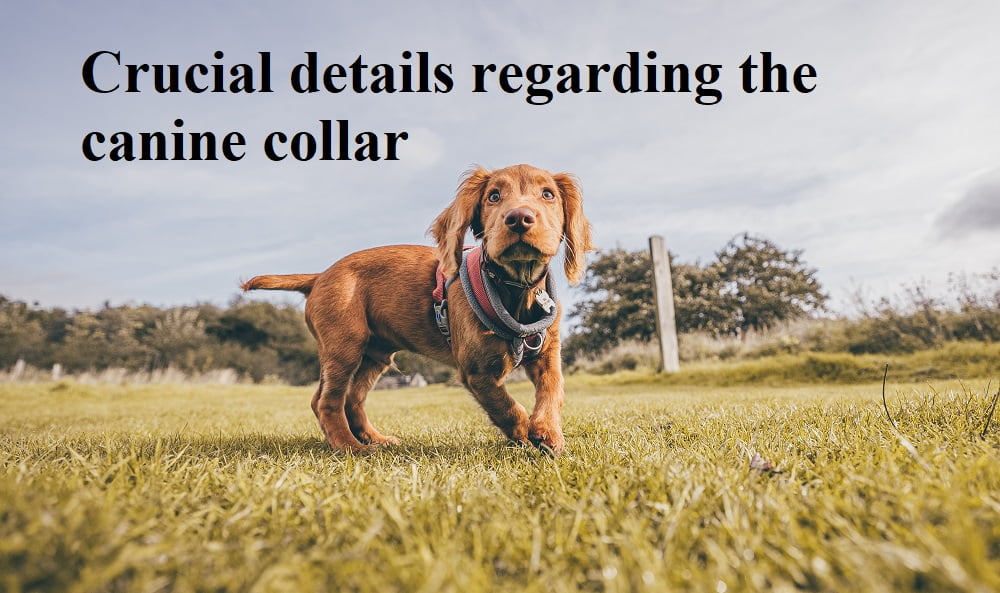
Crucial details regarding the canine collar
Crucial details regarding the canine collarIn In any kind of instance, Dr. Kamen composed this publication( amongst others )so that a pet proprietor can find out to do their very own modifications on their pet dogs.
I assumed I was doing well by utilizing a pet dog harness. I promptly discovered that this could really be the reason of my canine’s disc issues situated where her neck fulfills her shoulders.
These collars are made use of for hanging your pet dog’s tags as well as for merely connecting the chain to the steel loophole.
When irritated, proprietors often tend to draw back on the chain to quit the canine from running and also drawing, or in several situations, to obtain them to relocate along if they’ve quit to smell
something.
At this factor, pet dog proprietors either place their pets on medicine for discomfort control as well as muscular tissue leisure or hotel to surgical treatment to attempt to fix the damages of deteriorating discs.
The chain connects to a steel loophole situated on the collar under the pet’s chin. The suggestion behind it is to transform the pet dog’s head to” lead” them where you desire to go.
The concept behind it is that if a pet dog draws as well a lot, it begins to choke as well as for that reason will certainly reduce back as well as launch the stress of the
collar. He has actually located that pet’s that utilize this specific collar have much less top cervical subluxations than with any type of various other collar
typeKind In significance, this is in fact the finest collar to utilize when training and also strolling your pet dog, think it or not.
In any type of instance, Dr. Kamen created this publication( amongst others )so that a pet dog proprietor might find out to do their very own modifications on their pets.
These collars are made use of for hanging your pet’s tags as well as for merely affixing the chain to the steel loophole.
At this factor, pet dog proprietors either place their pets on medicine for discomfort control as well as muscle mass leisure or hotel to surgical procedure to attempt to fix the damages of deteriorating discs.
He has actually discovered that canine’s that utilize this specific collar have much less top cervical subluxations than with any type of various other collar
typeKind In significance, this is really the finest collar to make use of when training as well as strolling your canine, think it or not.
Your Choices of Dog Training Collars
Sometimes your dog needs to be reminded who’s the boss between you two and often times the best way is to get him some training.
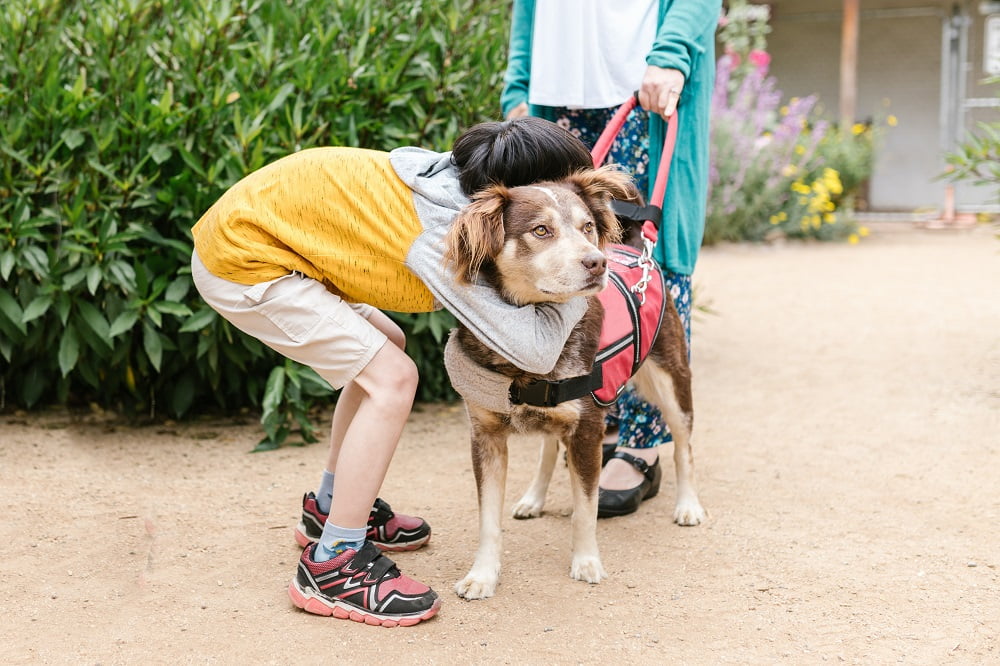
Apart from looking for a professional trainer for your dog (if you do not have the patience or time to attend to him), among the very first things that you should do is to look for a decent dog training collar.
The classifications of training collars depend largely on the types of uses a collar has.
There are a number of choices when it comes to training callers. There are the fancy collars which are specifically for decoration and style, there are a lot more that have specific uses. They are the following:
Choke Training Collars
Choke collars or slip collars are formed into loops that can be attached to the neck of the dog. The name of the collar is quite deceiving as it cannot cause choking unless the leash is pulled too hard.
However, since the collar has no limit as to adjustment, it also has no limit as to how far it could tighten around the dog‘s neck.
This should be worn high above the neck, behind the ears. Choke collars, while still popular, are now rarely used for dog training due to the lack of mechanism that stops the collar from constricting.
This type is quite controversial as it is unsafe to leave the collar on if the dog is not supervised.
Prong Training Collar
Also popular for its name pinch collar, is characterized by chains with open ends that are turned towards the dog‘s neck.
Thus, when the collar is tightened the dog feels the spikes on the loose skin of his neck. Unlike choke training collars,
prong collars have limited adjustment which also limits the amount of pinching the spikes could give the dog. Because of the spreading effect of the blunted spikes it is difficult to puncture the skin of the dog.
However, many owners still prefer to cover the tips of the spikes with rubber. This should be worn in the same way the choke collar is worn.
There are cases when the dogs could slip out of the prong. This is why many owners use a second collar, usually a flat buckle collar.
Martingale Training Collars
Normally used for Sighthounds which have relatively smaller heads than necks, martingale collars are special types of dog collars that ensure security and comfort at the same time.
This collar makes use of two loops- the large loop which is attached around the dog‘s neck and the smaller loop on which the D ring is attached to.
If tension is applied on the leash, the loops would naturally constrict to prevent the dog from getting off the collar.
Electronic Training Collars
Popular with its names shock collars and remote collars, this kind delivers electrical impulses or a spray of citrus smell whenever the dog misbehaves.
For proponents this collar helps break unwanted behaviors easily especially if the owner does not have sufficient time for training. Also it makes handling the dog a lot easier.
Dog training collars are undeniable among the most effective tools in shaping the behavior of the dogs to ones that are desired by the owner.
These could limit their natural inclinations to run (and not really escape), to wander, to bark at strangers and to attack people or dogs in protection of themselves or their masters.
Dog Training Collars and Harnesses – Making the Proper Selection is Essential to Training Success
Dog training is an art, and like any artist you must pick your tools carefully in order to properly train your dog. Each dog is different,
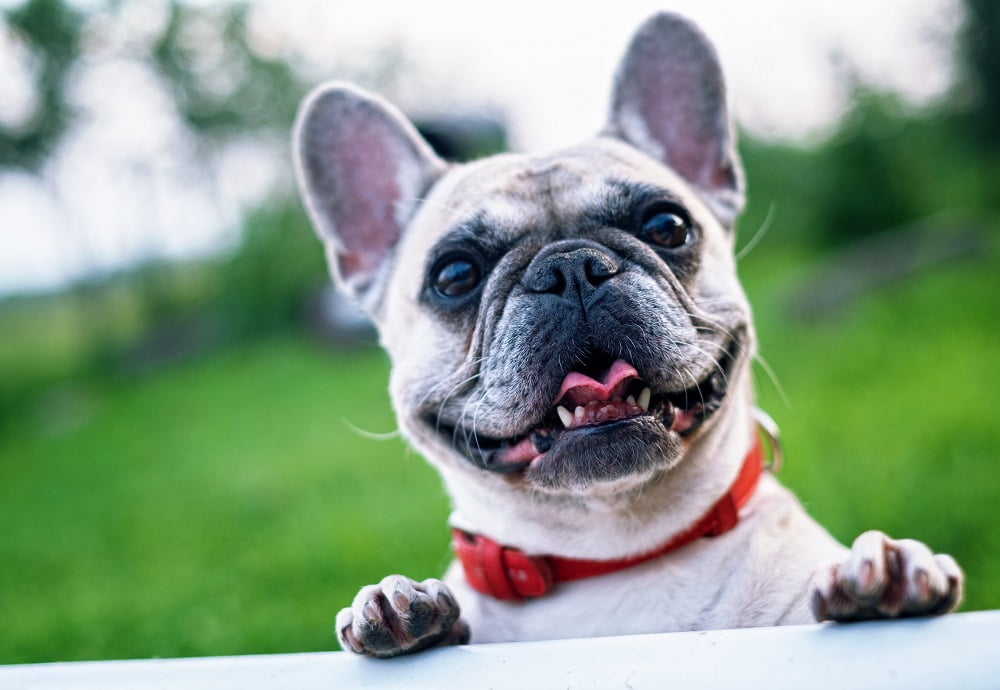
and thus you must be able to decide which collar is most appropriate for your dog based on its temperament, personality, and strength.
Below, you will find a description of all the major varieties of dog training collars that you might come across when deciding to purchase one for you pooch.
The metal choke collar is perhaps the most popular and widely used collar in the dog training world. It should be used in training larger, stronger dogs that tend to take YOU for a walk.
The metal toggle choke collar is basically the same as you regular choke collar with the major difference being that you can correct you dog easily by using the toggle while your dog is off-leash.
The pinch collar should be used RARELY and only in situations where the choke collar is ineffective in controlling your dog
(i.e. in situations where your dog is very strong, where its highly aggressive, and when it repeatedly lunges at other dogs and people).
The fur saver choke collar is designed to control the dog without leaving chain marks around the dogs’ neck or getting fur caught in the chain which sometimes occurs when using an ordinary metal choke collar.
It is mainly used when showing dogs and NOT in training them because the dogs don’t tend to respond to them in training and they don’t give the quick jerk needed for proper correction.
The nylon choke collar is best used in small dogs and puppies up to 3 months, because they tend to be more gentle and they tend to get young puppies used to wearing a collar.
The gentle head leader is best used on dogs that are more shy and easily corrected (i.e. dogs that respond quickly to your commands and dogs that tend to cringe upon your correction).
The electronic collar is mainly used for two reasons: first its used on field dogs (i.e. in bird hunting) and second it is used as a means of training the “out” command to a protection dog in its bite training phase.
The tracking harness is used for exactly what its name suggests: for tracking game, suspects, lost individuals, or competition articles.
And finally, the seeing eye dog harness is designed so that the dog‘s owner can hang on to the lead while the dog guides her to her destination.
Unlike other leads, this lead is designed so that the dog can pull its owner forward as it walks instead of gently walking beside her on loose lead.
Choosing A Suitable Collar For Your Dog
Dog collars are an important accessory of man’s best friend – they include your dog’s registration tags, ID, and even leads (for leashes).
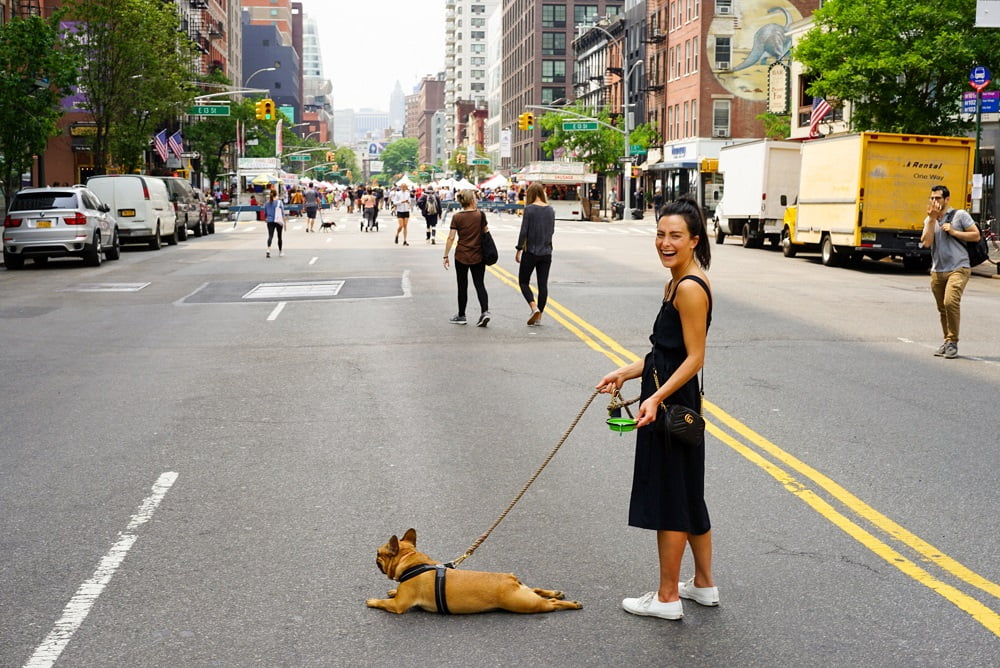
When looking for the right collar for your pet dog, it’s nice to know you have lots of options. Here are some tips to guide your shopping.
You need to find a collar that will fit around your dog’s neck exactly. And as long as this is the case, you can basically choose whatever color, pattern, or style you like.
For small dogs, pick out a collar that is neither too heavy nor too light. For puppies, a thin, leather collar or a soft, nylon collar is ideal.
As for bigger, stronger dogs, wider and heavier collars are best. To make sure that a collar is the right fit on your dog, make sure you can squeeze at least two fingers in between the dog’s neck and the collar.
It should be a tight squeeze though, as you don’t want to the collar to be too loose. Finally, you will want to cut off the excess length of strap because otherwise, the dog might chew it.
A snap-on type fastener is the most common replacement for buckle collars, because it makes for easy adjustment of a collar’s length.
As for choke collars, they are cool looking but shouldn’t be used on younger puppies – gentler, training collars are better.
Moreover, leather collars are long-lasting and are naturally softened by the oils of a dog’s skin and they come in a variety of styles, widths, and colors.
Nylon collars are washable and durable and are perfect for dogs that like to swim and for smaller dogs and puppies that need a softer touch. For bigger dogs, a nylon collar is okay, but it will need to be one with heavy webbing.
There are other collars that suit very specific kinds of dogs. For surfers, there are collars that are made out of the same material as wetsuits!
And for those impatient dogs that pull on your leash during walks, head collars are the best option and are often used in training.
A harness can come in handy with an anxious or hyperactive dog as well, as it is positioned around the dog’s chest and ribcage to prevent choking – some harnesses even allow you to buckle your dog into your car!
There are all sorts of colors and patterns to choose from and most collars come with matching leashes. Because it is important for your dog to feel as comfortable as possible, put careful time and consideration into your search for the perfect collar.
Caring For Your Dog‘s Neck and Spine: Dog Collar Issues
On one of my visits to my chiropractor, he suggested I pick up the book The Well Adjusted Dog by Dr. Daniel Kamen. The book is written by a chiropractor who also does adjustments on animals, although he doesn’t advertise this.
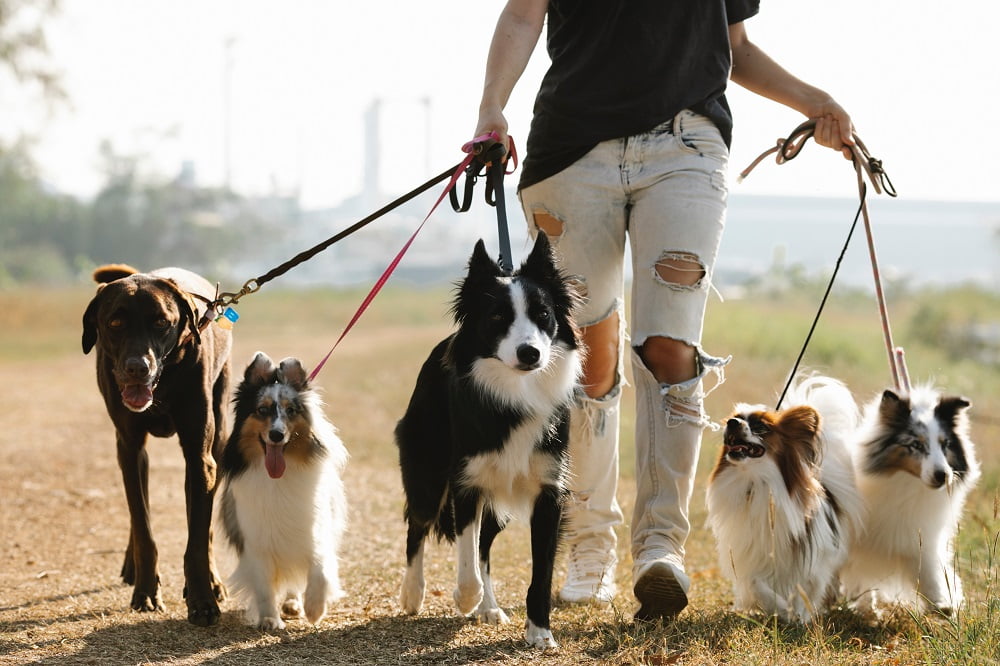
Apparently, chiropractors are not allowed to practice on animals in many states, which I didn’t realize, since I live in Canada and this doesn’t seem to be a problem here in my province.
However, what is good to know is that veterinarians in the U.S. are allowed to do adjustments on animals… that is if you can find one that’s studied chiropractic medicine. Not an easy task.
In any case, Dr. Kamen wrote this book (among others) so that a dog owner could learn to do their own adjustments on their dogs.
The book is very informative and walks you through the anatomy of a dog‘s spine, teaches you how to feel for misalignments and provides a variety of techniques that you can do at home.
Many of the techniques focus on how to release tense muscles, especially if you’re not comfortable with actually working on spinal column.
While reading the book, I came across a very interesting section which talks about dog collars and how they can easily cause neck problems for a dog.
Most of it boils down to our (ie human’s) improper handling of leash control on certain collars. Here’s what Dr. Kamen has to say about dog collars:
“The improper use of collars is the number one cause of cervical (neck) subluxations in dogs. Of all the places to put undue stress, the cervical region, especially the upper two cervical vertebrae, is the most harmful.
It is at this point that the body meets the brain.” (Dr. Daniel Kamen, The Well Adjusted Dog, p. 24)
** What Types of Collars Are Available **
I thought I was doing well by using a dog harness. Ha! I quickly learned that this might actually be the cause of my dog‘s disc problems located where her neck meets her shoulders. I was even more surprised at what he said was the best collar to use.
Basically, you will find that there are five major types of collars in use by most dog owners: the regular flat nylon and leather collars, the choke collar, the prong collar, the leader or head collars, and the harness.
** Flat Collars **
The regular flat collars are what most dog owners often choose, however they can also be the most dangerous type.
These collars are used for hanging your dog‘s tags and for simply attaching the leash to the metal loop. This collar type should never be used for dog training…
nor should they be used if you have a hard time controlling your dog while out walking.
When frustrated, owners tend to pull back on the leash to stop the dog from pulling and running, or in many cases, to get them to move along if they’ve stopped to sniff something.
This yanking will cause tremendous muscle tightening in the cervical neck area, which in turn results in cervical subluxations. This is one of the largest causes of disc and other neck problems in dogs.
Unfortunately, most of these disc problems don’t show up until much later in life.
At this point, dog owners either put their dogs on medication for pain control and muscle relaxation or resort to surgery to try to repair the damage of degenerating discs.
** Leader Head Collars **
These appear to be an ideal way to train your dog. A leader collar fits over the head of your dog, much like a muzzle does.
The leash attaches to a metal loop located on the collar under the dog’s chin. The idea behind it is to turn the dog’s head to “lead” them where you want to go.
Sometimes humans may turn the head too sharply or too hard in frustration when trying to train their dog. This, like the regular collar, can cause upper neck problems.
** Choke Collars **
This is the type of collar most often used by dog trainers. The idea behind it is that if a dog pulls too much, it starts to choke and therefore will ease back and release the tension of the collar.
In reality, the instinct of a dog when it feels the tightening of a chain is to pull away from it, effectively tightening the collar even more.
Your dog could literally choke itself into a coma! Improperly trained dogs and more importantly, improperly trained owners, could cause extreme damage using a choke collar.
** Harness **
A harness is designed to fit over a dog‘s shoulders and be secured around the chest area. While a much better choice over a regular collar or a choke collar,
these harnesses can cause subluxations in the lower neck, shoulder, chest, and foreleg area. Again, the primary cause to this is often attributed to frustrated owners yanking back on the leash, which causes the harness to put a large amount of stress on the shoulder and chest areas.
** Prong Collar **
This collar looks like some medieval torture device. Made of metal, the prong collar has a circular ring of spikes on its inner surface.
When training the smallest amount of resistance distributes pressure evenly around the neck area effectively restraining the dog.
As Dr. Kamen states in his book: “Some trainers liken the prong collar to “power steering” where even the slightest touch will produce the desired result.
” He has found that dog‘s that use this particular collar have far less upper cervical subluxations than with any other collar type. So in essence, this is actually the best collar to use when training and walking your dog, believe it or not.
** What Else May Cause Cervical Subluxations in Dogs? **
There are many other issues that can also cause problems with cervical subluxations. The requirements of how dog‘s are trained (taught to sit on the left and look up at the owner causes neck strain) is one area of concern.
Mismatching dog size to dog owner size, dog obesity, improper bedding, dangerous play practices, leash length, and the way certain dogs are bred, are a few of the other causes of canine neck problems.
Of course, you would be hard pressed to monitor every move your dog makes. Perhaps he likes sleeping on the hardwood floor near the fire rather than the comfy dog mat you bought.
Maybe you played a little too hard today with the Frisbee and caused your dog to jump too high, causing neck pain.
The important thing is to try to correct possible activities that could cause neck subluxations in your pet so they don’t continue to do more damage. You may also want to pick up the book
– The Well Adjusted Dog – and learn how you can check for possible misalignments in your dog‘s neck and spine, then learn how to do some of the corrections yourself.
By doing so, you’ll be giving your dog a much happier and less painful life.
the comb and collar canine spa,streets of san francisco the canine collar,fi dog collar series 2,prong collar training,types of dog collars and their uses,
best dog collars amazon,
amazon shock collar for small dogs,
female dog collars amazon,
amazon shock collar for large dogs,
chewy dog collars,
amazon dog collars and harnesses,
amazon dog collars to stop barking,
the canine collar
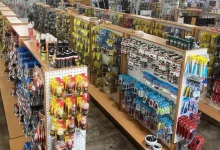



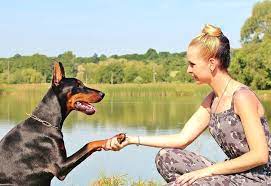
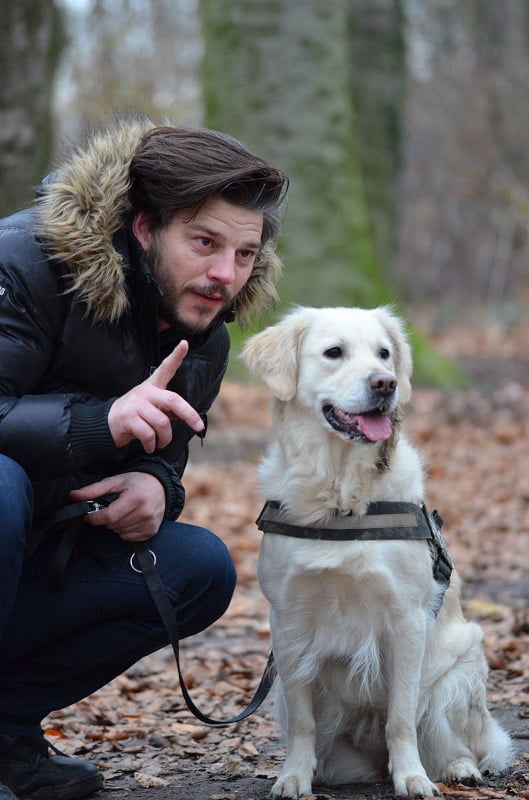

Thanks for sharing your info. I truly appreciate your efforts and I will be waiting for your further write ups thanks once again.